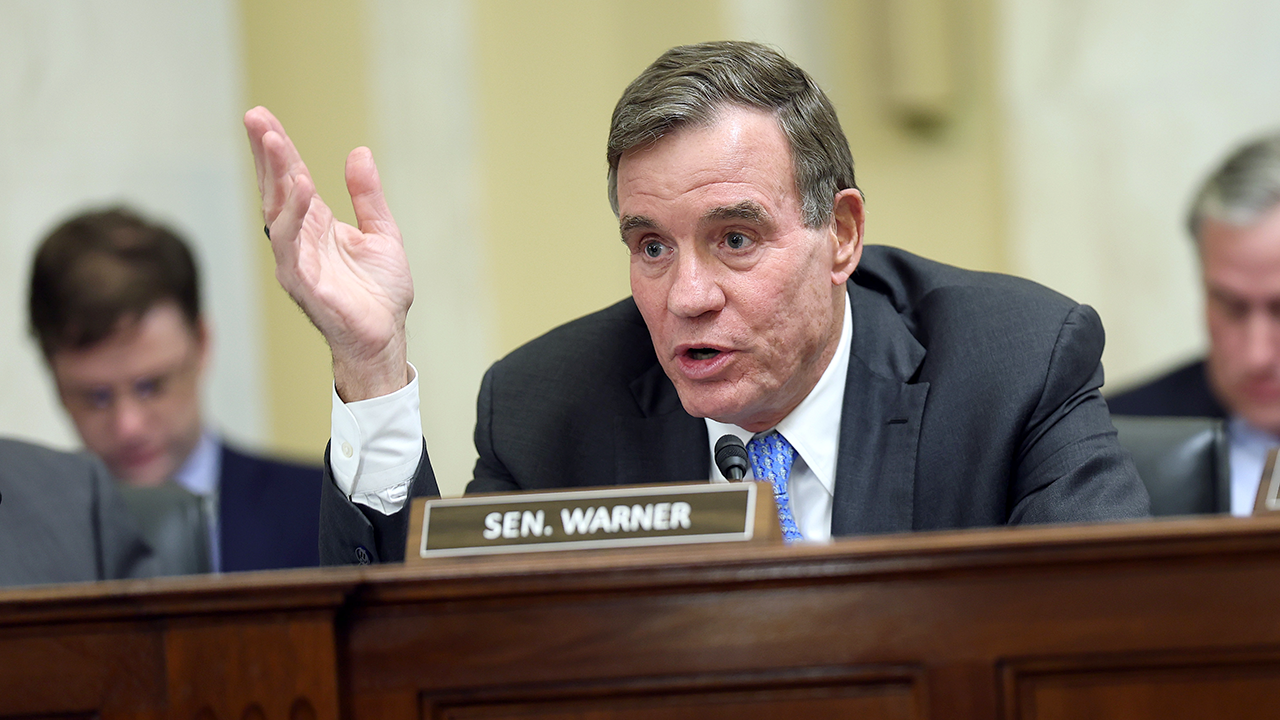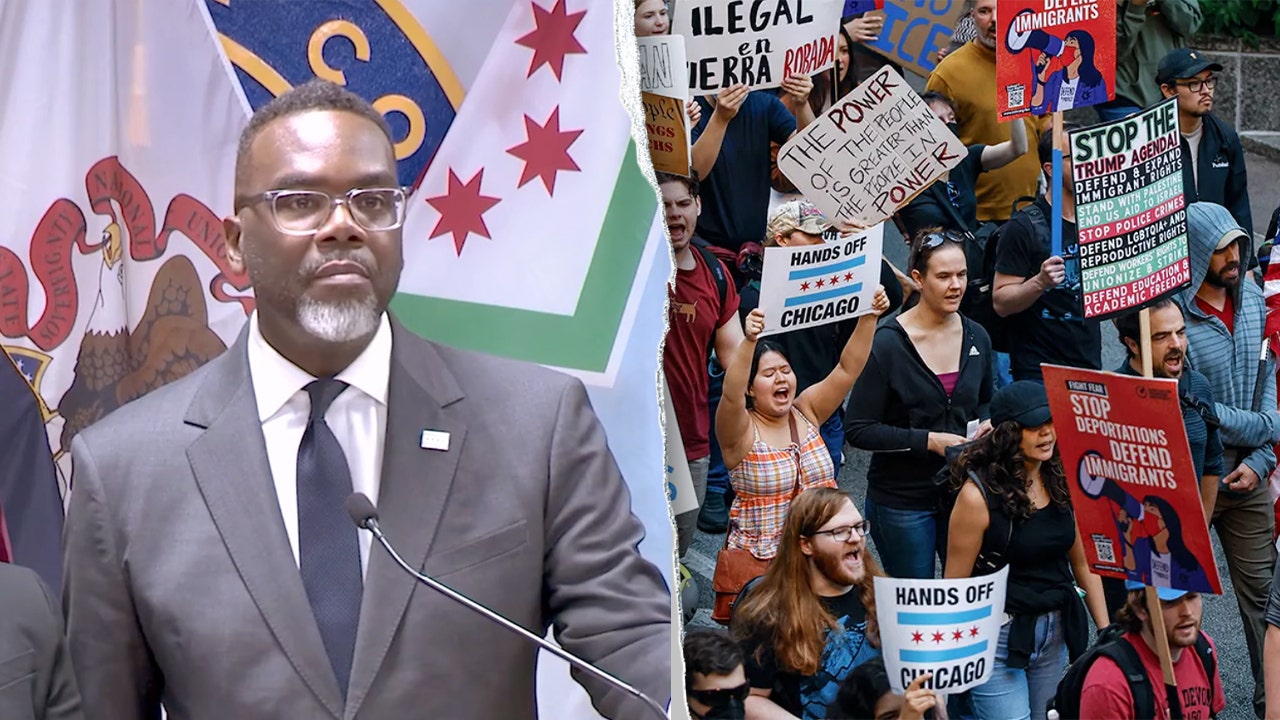Post-Dobbs abortion fight shifts to pills, funding in Dobbs aftermath

The pro-life movement celebrated a major victory three years ago with the Supreme Court’s landmark Dobbs decision, which returned the regulation of abortion to the states. However, despite this legal win, evidence suggests that abortions have not decreased and may even be on the rise.
In the wake of Dobbs, abortion opponents are facing new challenges as they work to further restrict access to abortion and diminish the influence of organizations like Planned Parenthood. One of their main goals is to target funding for Planned Parenthood, the nation’s largest abortion provider. They are also focusing on limiting access to pills that terminate pregnancies and supporting political candidates and ballot measures that align with their anti-abortion stance.
Marjorie Dannenfelser, president of SBA Pro-Life America, emphasized the ongoing work that needs to be done in the fight against abortion. While abortions increased in the year following Dobbs, Dannenfelser remains optimistic about the potential for defunding Planned Parenthood through a reconciliation bill in Congress.
One significant development in recent years is the increased availability of abortion pills through mail-order services. This shift has allowed organizations to circumvent state restrictions on abortion and promote “abortion tourism” across state lines. The pro-life movement is now working to counter this trend and ensure that states can enforce their own regulations on abortion.
Looking ahead to the midterm elections, pro-life advocates are focused on maintaining a “trifecta” of pro-life leadership in the administration, House, and Senate. However, some activists believe that the current administration could do more to advance their cause. While President Trump has made strides in appointing conservative judges and granting clemency to anti-abortion activists, there are concerns about the government’s handling of the abortion pill issue.
Katie Xavios, national director of the American Life League, expressed skepticism about the Trump administration’s commitment to the pro-life agenda. She highlighted the need for stronger regulations on mifepristone distribution and emphasized the importance of instilling pro-life values in future generations.
Overall, the pro-life movement continues to grapple with the challenges of advancing their agenda in a changing political and legal landscape. As they work to restrict access to abortion and promote alternatives to the procedure, activists remain committed to their ultimate goal of protecting the rights of the pre-born.




